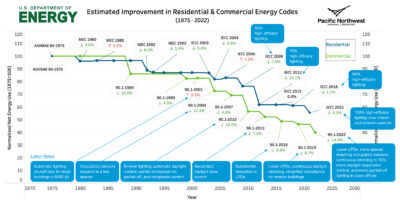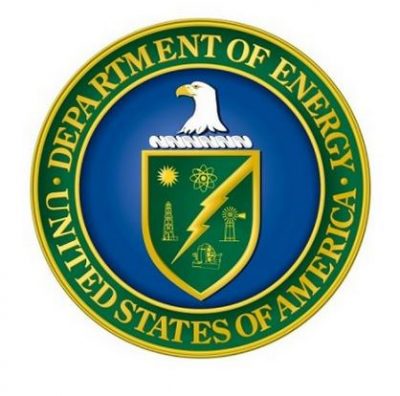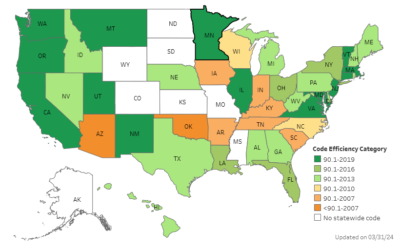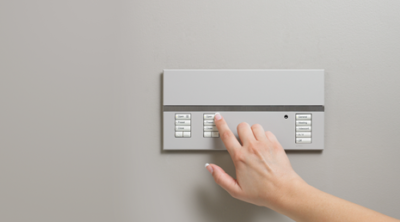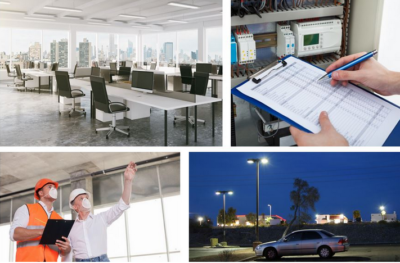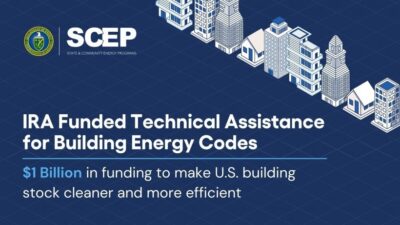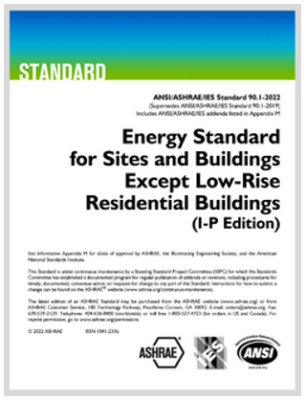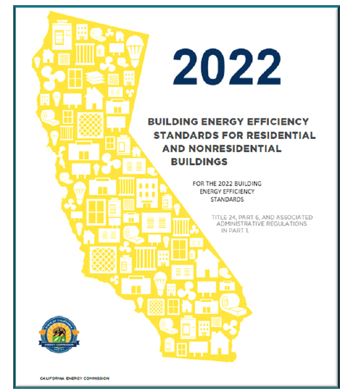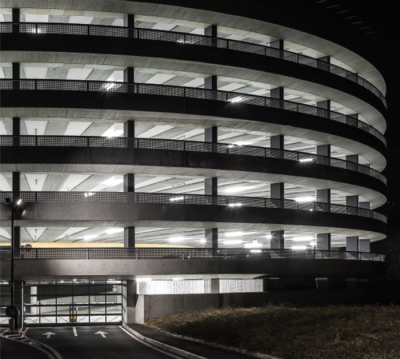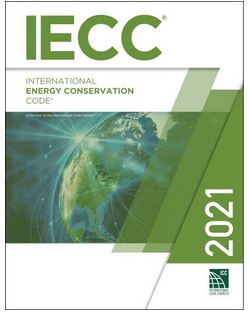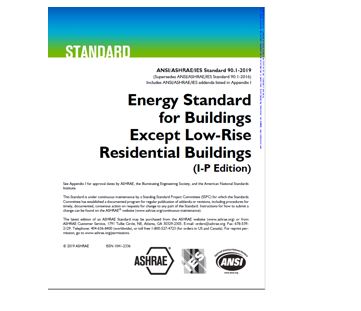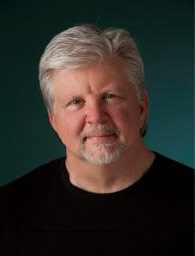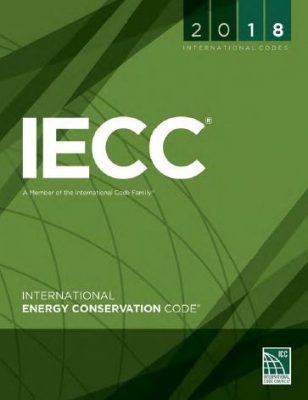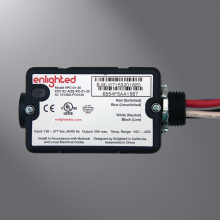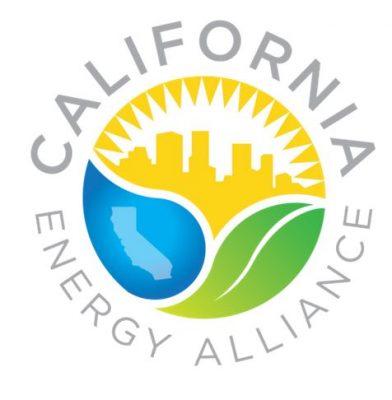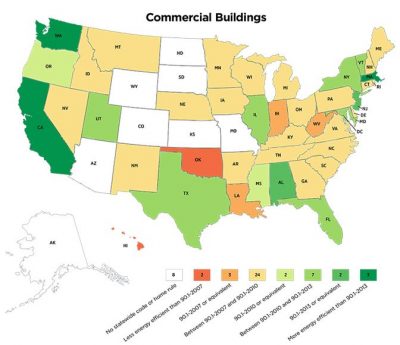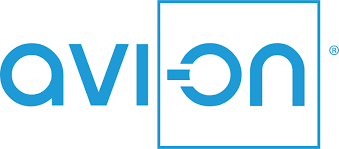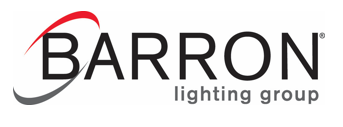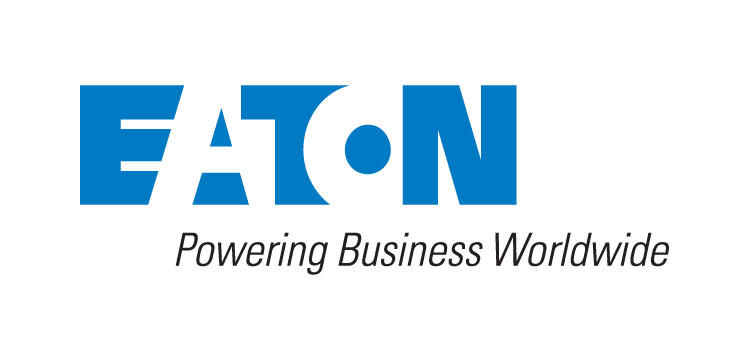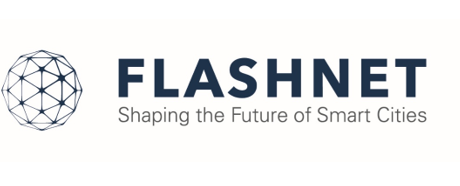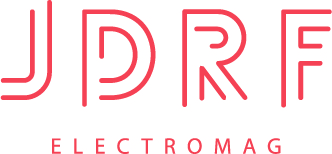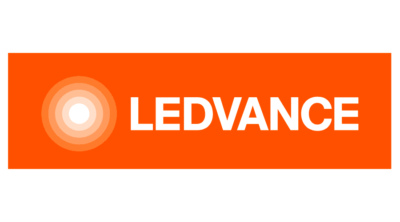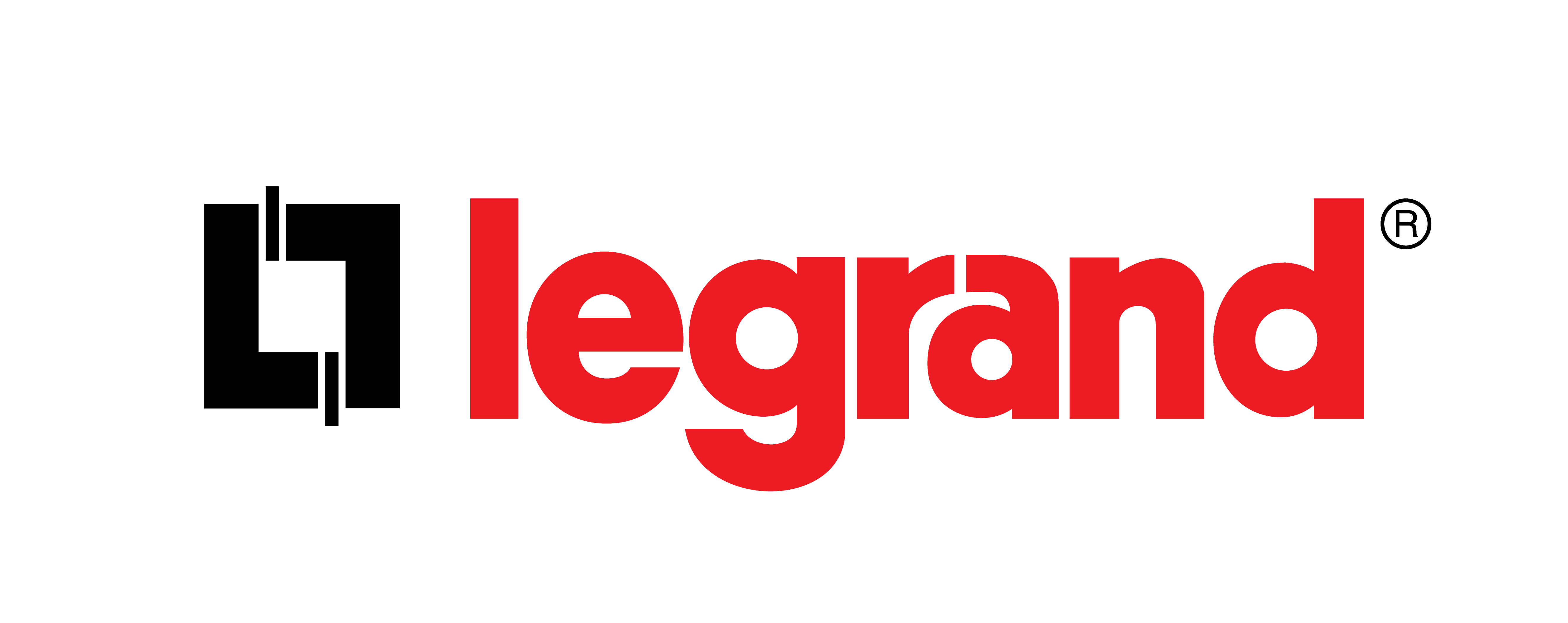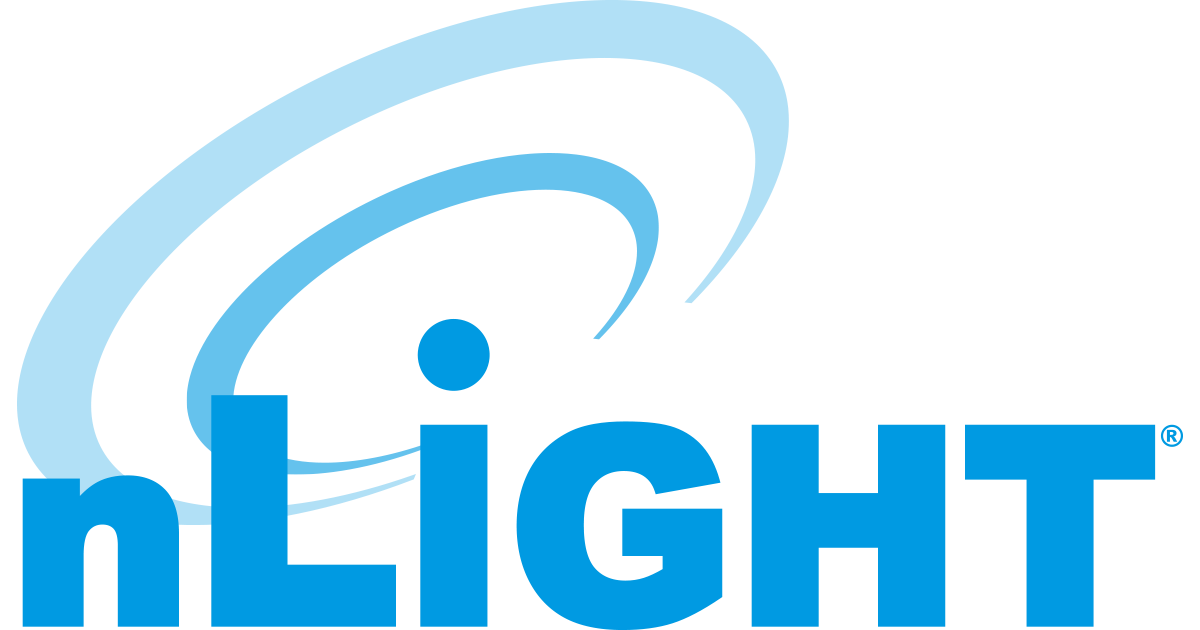Commercial building energy codes regulate the design of nonresidential buildings to minimize energy consumption. While the majority of U.S. states adopt model codes and standards, the State of California developed its own code: Title 24, Part 6 of the state’s Building Standards Code. The latest version was released in 2025 and will take effect January 1, 2026.
The Lighting Controls Association has published a new offering in its popular Education Express system, EE203: Lighting and Commercial Building Energy Codes, Part 6: 2024 IECC.
In August 2024, the International Code Council published the 2024 version of the IECC, which has been updated every three years since 2000. As with previous iterations of the IECC, this new version reduces lighting power allowances, expands mandatory controls requirements, and issues clarifications.
In a recent article by Michael Jouaneh, Manager of Sustainability and Energy Standards for Lutron Electronics, he lays out the current state of adoption of commercial building energy codes and how they relate to lighting controls, with some interesting projections for the future.
As part of the Biden-Harris Administration’s Investing in America agenda, the U.S. Department of Energy (DOE) recently announced $90 million in competitive awards to help states, cities, Tribal Nations, and their partners implement updated energy codes for residential and commercial buildings.
If you missed LEDucation 2024 or want to revisit some of the presentations, you’re in luck–LEDucation offers an archive at its website.
In March 2024, the U.S. Department of Energy (DOE) determined that the 2022 version of ASHRAE/ANSI/IES 90.1, Energy Efficiency Standard for Buildings Except Low-Rise Residential Buildings, saves energy over the 2019 version. As such, this standard became recognized as the new national energy reference standard.
Based on a new Lighting Controls Association Education Express course, this article takes a deep dive into the lighting control requirements in the 2021 version of the International Energy Conservation Code (IECC).
The California Energy Alliance collaborated with the California Lighting Technology Center, RMS Energy Consulting LLC, and Southern California Edison to establish a working group of industry stakeholders to develop recommendations that simplify and clarify the nonresidential and residential lighting and lighting controls language contained in the 2022 Title 24, Part 6 Energy Code.
As part of President Biden’s Investing in America agenda, the U.S. Department of Energy (DOE) recently announced $90 million in competitive awards to help states, cities, tribes, and partnering organizations implement updated energy codes for buildings.
The Lighting Controls Association now offers EE203: Lighting Controls and Energy Codes: 2021 IECC as a new course in its popular Education Express program.
On behalf of the U.S. Department of Energy’s (DOE) Office of State and Community Energy Programs (SCEP), the Building Technologies Office (BTO) recently announced DOE’s intent to make $1 billion in funding available to states and local governments for improved building codes that reduce carbon emissions and improve energy efficiency through the IRA Funded Technical Assistance for the Adoption of Building Energy Codes.
The American Society of Heating, Refrigerating, and Air-Conditioning Engineers (ASHRAE) and the Illuminating Engineering Society (IES) recently published ANSI/ASHRAE/IES Standard 90.1-2022, Energy Efficiency Standard for Buildings Except Low-Rise Residential Buildings. For lighting, the new version adjusts power allowances, adjusts the definition of alterations, adds horticultural lighting, and updates several control requirements.
nLight, a brand of Acuity Brands, recently published an applications guide for California’s Title 24, Part 6 (2022) energy code.
The Lighting Controls Association now offers EE203: Lighting Controls and Energy Codes: California Title 24, Part 6 as a new course in its popular Education Express program.
On January 1, 2023, the 2022 version of California’s energy code—Title 24, Part 6 of the Building Standards Code—takes effect, superseding the previous 2019 version. In terms of lighting controls, the numerous changes include various clarifications and tuning along with two major provisions requiring occupant-sensing in offices larger than 250 sq.ft. and demand-responsive lighting controls. Designers and specifiers need to understand these changes before they begin working on code-covered new construction and alteration projects that will go out for permit in California in 2023.
Next year, the 2019 version of ANSI/ASHRAE/IES 90.1, Energy Standard for Buildings except Low-Rise Residential Buildings, takes effect as the national energy reference standard. This is based on a July 2021 Department of Energy (DOE) ruling that determined the standard saved more energy than the preceding 2016 version. By July 28, 2023, all states must adopt a commercial building energy code at least as stringent as the standard, or justify why they cannot comply.
The Lighting Controls Association (LCA) now offers EE203: Lighting Controls and Energy Codes, Part 4: California Title 24, Part 6 (2019) as a new learning module in its popular Education Express program.
The nLight® IECC 2021 applications guide is designed to support compliance with commercial building energy codes based on the 2021 version of the International Energy Conservation Code, or IECC.
In his Controls Column contributed to LD+A Magazine in late 2020, Wattstopper’s Charles Knuffke, chair of the Lighting Controls Association, makes the case that energy codes should recognize the non-energy benefits of lighting controls.

ux Graphic designer creative sketch planning application process development prototype wireframe for web mobile phone . User experience concept. (ux Graphic designer creative sketch planning application process development prototype wireframe for we
Outcome-based commercial-building energy codes are an idea gaining new interest among policymakers in the United States. This type of energy code prescribes building energy budgets instead of a complex list of requirements. The first efforts started 10 years ago, and we are still years away from a model sure to gain significant adoption. Due to the concept’s potential benefits, however, it is possible, if not likely, that outcome-based codes will be a tool in future energy regulation.
In this video, the Lighting Practice’s Emad Hasan, IALD, LEED AP BD+C discusses the impact of energy codes on lighting and how lighting controls can save energy by reducing the amount of time light is used. Emad also explores the impact on occupants and the different ways lighting designers balance code requirements, occupant comfort, and impactful lighting solutions.
Synapse Wireless has published guidance to achieving best practices and energy code compliance for parking garage lighting control. The guidance describes various relevant regulations and what strategies and equipment are required. “Parking garages can be a challenging environment for lighting designers. From seasonal outdoor daylight patterns, to underground levels, these spaces are a microcosm for [...]
In January 2021, the International Code Council published the 2021 version of the International Energy Conservation Code (IECC), which has been updated every three years since 2000. This new version reduces lighting power allowances, expands mandatory controls requirements, and issues clarifications.
Next month, the 2016 version of ANSI/ASHRAE/IES 90.1, Energy Standard for Buildings except Low-Rise Residential Buildings, takes effect as the national energy reference standard, based on a 2018 Department of Energy (DOE) ruling. By February 2020, all states must adopt a commercial building energy code at least as stringent as the standard, or justify why they cannot comply.
The American Society of Heating, Refrigerating, and Air-Conditioning Engineers (ASHRAE) and the Illuminating Engineering Society (IES) recently published ANSI/ASHRAE/IES Standard 90.1-2019, Energy Efficiency Standard for Buildings Except Low-Rise Residential Buildings. This edition includes more than 100 changes from the 2016 version, covering administrative and enforcement, commissioning, mechanical, and lighting. For lighting, the new version adjusts interior power allowances, updates several control requirements, and introduces a simplified compliance method for office, school, and retail buildings.
This article provides general introductory knowledge about the lighting control requirements imposed by the 2016 version of ASHRAE/IES 90.1 and the 2018 version of the IECC.
One of the most striking changes to the 2019 code version is the addition of Section 130.1(f)1-130.1(f)7 – “Control Interactions.”
“I recently wrote about how lighting energy allowances under current codes are now approaching a practical minimum, thanks to significant improvements in source efficacy, optical efficiency, and controls that automatically extinguish lighting when it is not needed.”
On July 26, 2018 the International Code Council published the 2018 version of the International Energy Conservation Code (IECC), which has been updated every three years since 2000. This 2018 version reduces lighting power allowances, broadens mandatory controls requirements, and issues clarifications.
Craig DiLouie, LC, CLCP recently interviewed Michael Lunn, Director, Product Marketing, Eaton Corporation, on the topic of plug load control.
California has been a historical leader in terms of state energy codes. California’s Title 24 has led the way by restricting allowable LPDs (Lighting Power Density) as well as mandating specific types of lighting controls. This article by Steve Mesh introduces the Title 24 energy code and its lighting control requirements.
The California Energy Alliance (CEA) has announced that its code change proposal dedicated to improving the lighting control requirements for lighting alterations was accepted by the California Energy Commission (CEC) in its recently published Draft Express Terms. CEA’s code change proposal includes simplified language with reduced application and/or project-specific requirements; an easy-to-understand energy savings option for small buildings and tenant spaces; and a universal compliance threshold and set of exemptions.
Controlling plug loads is a natural fit for the lighting controls industry, as the same devices and strategies are used for automatic shutoff of plug loads such as task lighting as for general lighting. This feature article by LCA Education Director Craig DiLouie, LC, CLCP looks at energy code requirements, compliance options, and control types.
In 2015, the International Code Council published a new version of its International Energy Conservation Code (IECC). This model energy code provides states and jurisdictions code-ready language to adopt in whole or in part. It has been updated every three years since 2000. Today, a majority of states base their commercial building energy codes on [...]
In a feature article recently published in ELECTRICAL CONTRACTOR, Craig DiLouie, LC, CLCP describes the basics of outdoor lighting control, energy code requirements and advanced options such as wireless networks, which can generate unprecedented opportunities for control and information. Check it out here.
The ANSI/ASHRAE/IES 90.1 energy standard provides a model energy code to jurisdictions interested in regulating the energy-efficient design of commercial buildings. The International Energy Conservation Code (IECC) recognizes 90.1 as an alternative compliance standard. ASHRAE recently published the 2016 version, which supersedes the 2013 version. The U.S. Department of Energy (DOE) recognizes the 2013 version [...]
The National Electrical Manufacturers Association (NEMA) recently published a white paper that discusses new requirements that help reduce energy consumption in commercial buildings. NEMA WD ARCP 1-2016 Automatic Receptacle Control to Meet ASHRAE 90.1-2010 and California (CA) Title 24 explains the controlled receptacle requirement now appearing within non-residential energy codes, as well as a summary [...]
Traditionally, outdoor lighting was automatically turned ON and OFF at the circuit level by an astronomical time switch or photosensor. Energy codes are now promoting power reduction during dusk-to-dawn lighting operation. Coupled with advances in wireless communication and intelligent control, the result is dramatic changes in how outdoor lighting is controlled. New construction Twenty-four states [...]
The Energy Commission has approved the California Advanced Lighting Controls Training Program (CALCTP) and the National Lighting Contractors Association of America (NLCAA) as Lighting Acceptance Test Technician Certification Providers. This action gives CALCTP and NLCAA authorization to train and certify qualified individuals and employers beyond the interim period established by the 2013 Energy Standards. Individuals [...]
NYControlled 2025: Harold Jepsen Describes the LCA’s New Design Express Tool
10/31/2025At NYControlled, the EdisonReport’s Randy Reid interviewed Legrand’s Harold Jepsen, a member of the board of the Lighting Controls Academy, about lighting control trends, the mission of the Lighting Control Academy, and the launch of the new Design Express tool.
NYControlled 2025: LiteTrace’s Chris Primous Talks EmerLite™ Emergency Testing Solution
10/29/2025At NYControlled, the EdisonReport’s Randy Reid interviewed Chris Primous, EVP of Sales & Marketing at LiteTrace Brands, about the company’s latest products and innovations.
NYControlled 2025: PLC Multipoint’s Bart Manguno Talks Tandem Relay Panels
10/27/2025At NYControlled, the EdisonReport’s Randy Reid interviewed Bart Manguno, Commercial Business Director at PLC Multipoint, about the company’s Tandem Relay Panels.
NYControlled: Avi-On’s Joe McGrath Talks Lockdown Mode
10/24/2025At NYControlled, the EdisonReport’s Randy Reid interviewed Joe McGrath, Sales Director East Coast for Avi-On, about the company’s new feature called Lockdown Mode.
The Lighting Controls Podcast: Gary Meshberg and Harold Jepsen Talk New CIN/SOO Tool
09/12/2025In this episode of The Lighting Controls Podcast sponsored by MaxLite, hosts C. Webster Marsh and Ron Kuzmar interview Gary Meshberg, Chair of the Lighting Controls Academy, and Legrand’s Harold Jepsen, Vice Chair of the NEMA Lighting Controls Technical Section about the evolving world of lighting controls and a groundbreaking new Control Intent Narrative/Sequence of Operations Tool offered by the Lighting Controls Academy.
LCA TV: EmerLite™ by LiteTrace
09/08/2025This educational video, produced by the Lighting Controls Association at the 2025 LEDucation event in New York City, introduces LiteTrace’s EmerLite™, a wireless platform revolutionizing emergency lighting compliance for commercial facilities.
LCA TV: Athena Lighting Control System by Lutron Electronics
08/13/2025This educational video, produced by the Lighting Controls Association at the 2025 LEDucation event in New York City, introduces Lutron’s Athena lighting control system.
LCA TV: Wattstopper i3 Platform by Legrand
08/11/2025This educational video, produced by the Lighting Controls Association at the 2025 LEDucation event in New York City, introduces Legrand’s Wattstopper i3 Platform, a next-generation lighting and building intelligence solution powered by KODE Labs.
LCA TV: IR -TEC America’s Bluetooth Programming for Sensors
07/29/2025This educational video, produced by the Lighting Controls Association at the 2025 LEDucation event in New York City, introduces IR-TEC America’s Bluetooth programming capability for the company’s sensors.




